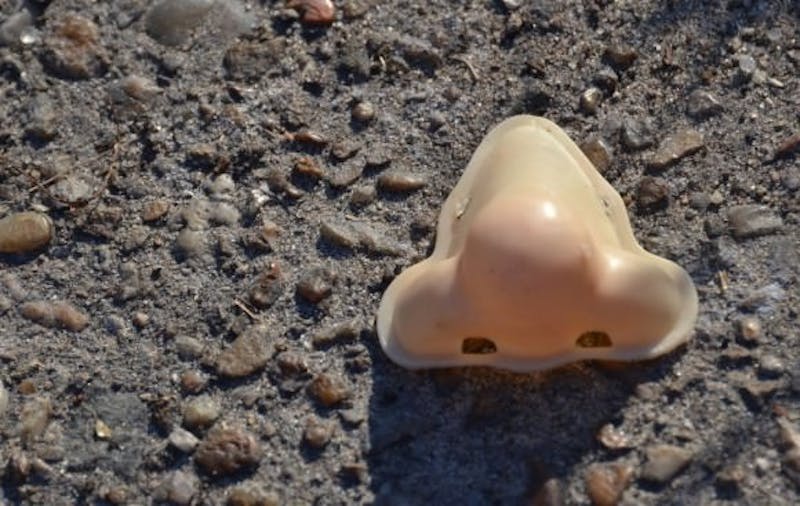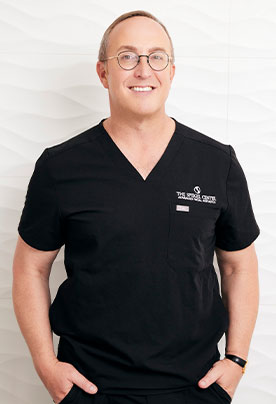
With science, it seems as though nothing is static; things that were impossible one year are possible by the next one. As of April 10th, one more impossible thing is being made possible by a group of scientists at the University of Basel in Switzerland. These scientists have successfully grown human cartilage through tissue engineering, and have given it to five elderly patients as part of a nasal reconstruction surgery to fix defects caused from skin cancer.
Why Grow Cartilage?
Cartilage is a structural component of the body that is comparable to bone, except that it is softer and more flexible. It is found between joints of the bones, in the ears and nose, in the spine, and in a few other places throughout the body. As the body ages, it begins to create less cartilage, and replaces existing cartilage with bone. This means that once a person enters adulthood, it is impossible for them to naturally repair cartilage damage, unlike most other parts of the human body. In essence, deterioration of, or damage to, cartilage after adulthood is irreversible. The ability to grow cartilage is the only known way to heal cartilage-related injuries, making this success a significant leap in the world of medicine.
Tissue Engineering
The cartilage grown by the Basel scientists was created through a procedure called tissue engineering. Tissue engineering is a process that revolves around the growth of new tissues or organs from existing cells. This procedure takes cells from a donor or host and allows them to divide into a scaffold made from a protein called collagen. The constructs created from cells dividing into a collagenous mold resembles and imitates the function of the organ or tissue they were extracted from. In the cartilage case, scientists took cells from the nasal septum (the divide between the nostrils), and allowed them to multiply onto collagen scaffolding in the shapes necessary to repair each patient’s nostrils.
Uses for Grown Cartilage
The potential uses for tissue engineering to grow cartilage are significant in reconstruction-based surgeries. The procedure was used in this study to repair damages to the nose caused by non-melanoma skin cancers to great effect – the five recipients of the grown cartilage reported that their noses looked normal, allowed them to breathe properly, and presented no side effects. After this success, scientists have begun to focus their efforts on using tissue engineering to grow cartilage that could heal certain injuries in the knee. For most injuries that damage cartilage, there are often few, if any avenues of treatment. The ability to grow cartilage could result in a satisfactory method of treatment for such injuries.
The successful growth and application of cartilage by scientists in Switzerland allows for enormous potential to treat injuries that were previously impossible to heal. As scientists continue to investigate the clinical uses for cartilage growth, the possibilities and potential for cartilage-healing medicines increase and expand. More information about the procedure and its potential can be read about at http://sciendedaily.com/releases/2014/04/120410194644.htm.
Image Source: Flickr/CreativeCommons/Tony Alter





